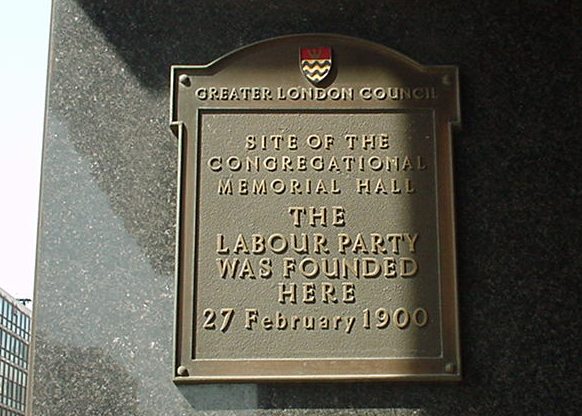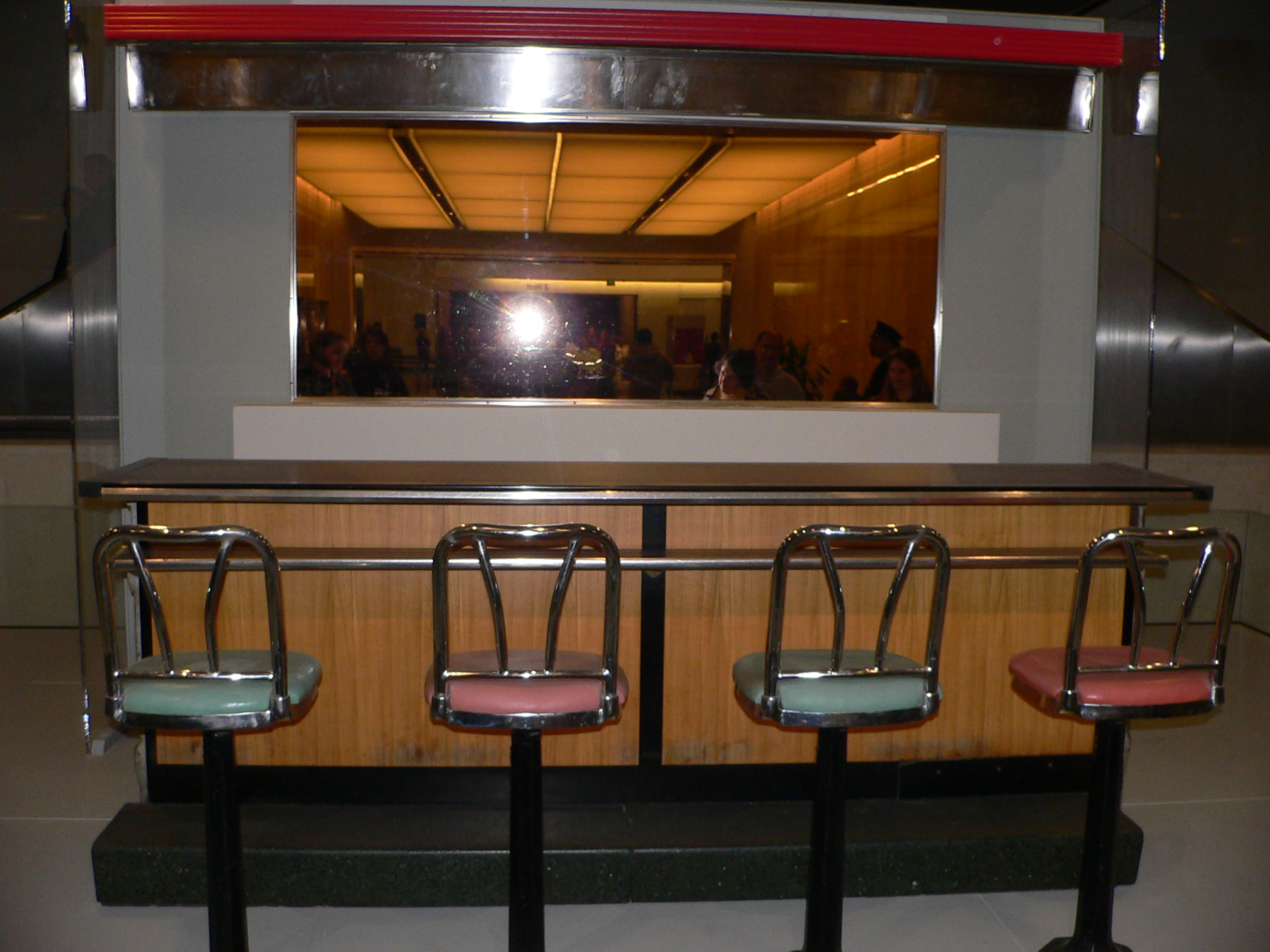|
Arnold Vaino
Arnold Vaino (26 June 1900 in Tartu – 15 March 1960 in Tallinn) was an Estonian actor and director. From 1921 to 1932, he was an actor at Vanemuine Theatre Vanemuine () is a theatre in Tartu, Estonia. It is the first Estonian language, Estonian-language theatre. Stemming from the Vanemuine Society (1865), the theatre's first performance was Lydia Koidula's ''Saaremaa Onupoeg'' ("The cousin from S ... and from 1932 to 1941, he worked at Estonia Theatre. Besides theatre roles he played also in films. Filmography * 1927 '' Noored kotkad'' (feature film; role: student Tammekänd) * 1930 ''Vahva sõdur Joosep Toots'' (feature film; co-director and the role: Joosep Toots) * 1931 ''Kas tunned maad?'' (documentary film; role: ?) References 1900 births 1960 deaths Estonian male stage actors Estonian male film actors Estonian male silent film actors 20th-century Estonian male actors Estonian theatre directors Male actors from Tartu {{Estonia-actor-stub ... [...More Info...] [...Related Items...] OR: [Wikipedia] [Google] [Baidu] |
Tartu
Tartu is the second largest city in Estonia after Tallinn. Tartu has a population of 97,759 (as of 2024). It is southeast of Tallinn and 245 kilometres (152 miles) northeast of Riga, Latvia. Tartu lies on the Emajõgi river, which connects the two largest lakes in Estonia, Lake Võrtsjärv and Lake Peipus. From the 13th century until the end of the 19th century, Tartu was known in most of the world by variants of its historical name Dorpat. Tartu, the largest urban centre of southern Estonia, is often considered the "intellectual capital city" of the country, especially as it is home to the nation's oldest and most renowned university, the University of Tartu (founded in 1632). Tartu also houses the Supreme Court of Estonia, the Ministry of Education and Research (Estonia), Ministry of Education and Research, the Estonian National Museum, and the oldest Estonian-language theatre, Vanemuine. It is also the birthplace of the Estonian Song Festivals. Tartu was designated as the E ... [...More Info...] [...Related Items...] OR: [Wikipedia] [Google] [Baidu] |
Tallinn
Tallinn is the capital city, capital and List of cities in Estonia, most populous city of Estonia. Situated on a Tallinn Bay, bay in north Estonia, on the shore of the Gulf of Finland of the Baltic Sea, it has a population of (as of 2025) and administratively lies in the Harju County, Harju ''Counties of Estonia, maakond'' (county). Tallinn is the main governmental, financial, industrial, and cultural centre of Estonia. It is located northwest of the country's second largest city, Tartu, however, only south of Helsinki, Finland; it is also west of Saint Petersburg, Russia, north of Riga, Latvia, and east of Stockholm, Sweden. From the 13th century until the first half of the 20th century, Tallinn was known in most of the world by variants of its other historical Names of Tallinn in different languages, name Reval. “Reval” received Lübeck law, Lübeck city rights in 1248; however, the earliest evidence of human settlement in the area dates back nearly 5,000 years. The ... [...More Info...] [...Related Items...] OR: [Wikipedia] [Google] [Baidu] |
Estonia
Estonia, officially the Republic of Estonia, is a country in Northern Europe. It is bordered to the north by the Gulf of Finland across from Finland, to the west by the Baltic Sea across from Sweden, to the south by Latvia, and to the east by Russia. The territory of Estonia consists of the mainland, the larger islands of Saaremaa and Hiiumaa, and over 2,300 other islands and islets on the east coast of the Baltic Sea. Its capital Tallinn and Tartu are the two largest List of cities and towns in Estonia, urban areas. The Estonian language is the official language and the first language of the Estonians, majority of its population of nearly 1.4 million. Estonia is one of the least populous members of the European Union and NATO. Present-day Estonia has been inhabited since at least 9,000 BC. The Ancient Estonia#Early Middle Ages, medieval indigenous population of Estonia was one of the last pagan civilisations in Europe to adopt Christianity following the Northern Crusades in the ... [...More Info...] [...Related Items...] OR: [Wikipedia] [Google] [Baidu] |
Vanemuine Theatre
Vanemuine () is a theatre in Tartu, Estonia. It is the first Estonian language, Estonian-language theatre. Stemming from the Vanemuine Society (1865), the theatre's first performance was Lydia Koidula's ''Saaremaa Onupoeg'' ("The cousin from Saaremaa") at the society's fifth anniversary. In subsequent years, Vanemuine has expanded to include a symphony orchestra and ballet company, while its repertoire has included a range of operettas and music theatre through operas and dramas. Under Karl Menning, the theatre served a vocational purpose, with a great emphasis on educating future talent. Subsequent directors prioritized entertainment value, while Kaarel Ird—who led Vanemuine for more than forty years—oversaw a blend of genres as well as tours of the Soviet Union. In recent years, content has varied extensively. Vanemuine has occupied a series of venues. The original Vanemuine Society House on Jaama Street operated for 33 years before being destroyed by fire in 1903 ... [...More Info...] [...Related Items...] OR: [Wikipedia] [Google] [Baidu] |
Estonia Theatre
Estonia Theatre is an historic landmark building in central Tallinn, the capital city of Estonia Estonia, officially the Republic of Estonia, is a country in Northern Europe. It is bordered to the north by the Gulf of Finland across from Finland, to the west by the Baltic Sea across from Sweden, to the south by Latvia, and to the east by Ru .... It houses the Estonian National Opera and the Estonian National Symphony Orchestra. The original Estonia Theatre building was designed in '' Jugendstil'' by Finnish architects Armas Lindgren and Wivi Lönn, and constructed between 1911 and 1913 on the initiative of the Estonia Society, with popular effort and widespread financial support from the Estonian people. The Estonia Theatre was opened to the general public on 24 August 1913. At the time, it was the largest building in Tallinn. After the Republic of Estonia had become an independent country in 1918, the Estonia Theatre building was the main venue of the newly elected Est ... [...More Info...] [...Related Items...] OR: [Wikipedia] [Google] [Baidu] |
Noored Kotkad
''Noored kotkad'' (The Young Eagles, released in 1927) is an Estonian silent film about the Estonian War of Independence that was fought between 1918 and 1920. It was filmed in 1927 in Tartu, Mustvee, Värska, and Tartu County. The film was digitally restored in 2008 by Taska Productions and Digital Film Finland. Cast * Arnold Vaino as Tammekänd * Juhan Nõmmik as Laansoo * Ruut Tarmo as Lepik * Elli Põder-Roht as Hilja * Amalie Konsa as Laansoo's mother * Aksella Luts as Forest-guard's daughter * Rudolf Ratassepp as Red Army commissar * Olev Reintalu as Red Army commissar * Vambola Kurg as Estonian military leader * Juhan Sütiste Juhan Sütiste (until 1936 Johannes Schütz; 28 December 1899 in Tähtvere Parish, Tartu County – 10 February 1945 in Tallinn) was an Estonian poet. During the Estonian War of Independence, he belonged to the reserve battalion of Tartu schoolte ... as Estonian military leader (as Johannes Schütz) * August Sunne as Doctor References ... [...More Info...] [...Related Items...] OR: [Wikipedia] [Google] [Baidu] |
1900 Births
As of March 1 ( O.S. February 17), when the Julian calendar acknowledged a leap day and the Gregorian calendar did not, the Julian calendar fell one day further behind, bringing the difference to 13 days until February 28 ( O.S. February 15), 2100. Summary Political and military The year 1900 was the end of the 19th century and the beginning of the 20th century. Two days into the new year, the U.S. Secretary of State John Hay announced the Open Door Policy regarding China, advocating for equal access for all nations to the Chinese market. The Galveston hurricane would become the deadliest natural disaster in United States history, killing between 6,000 and 12,000 people, mostly in and near Galveston, Texas, as well as leaving 10,000 people homeless, destroying 7,000 buildings of all kinds in Galveston. As of 2025, it remains the fourth deadliest Atlantic hurricane on record. An ongoing Boxer Rebellion in China escalates with multiple attacks by the Boxers on Chines ... [...More Info...] [...Related Items...] OR: [Wikipedia] [Google] [Baidu] |
1960 Deaths
It is also known as the "Year of Africa" because of major events—particularly the independence of seventeen African nations—that focused global attention on the continent and intensified feelings of Pan-Africanism. Events January * January 1 – Cameroon becomes independent from France. * January 9–January 11, 11 – Aswan Dam construction begins in Egypt. * January 10 – Prime Minister of the United Kingdom, British Prime Minister Harold Macmillan makes the Wind of Change (speech), "Wind of Change" speech for the first time, to little publicity, in Accra, Gold Coast (British colony), Gold Coast (modern-day Ghana). * January 19 – A revised version of the Treaty of Mutual Cooperation and Security between the United States and Japan ("U.S.-Japan Security Treaty" or "''Anpo (jōyaku)''"), which allows U.S. troops to be based on Japanese soil, is signed in Washington, D.C. by Prime Minister Nobusuke Kishi and President Dwight D. Eisenhower. The new treaty is opposed by t ... [...More Info...] [...Related Items...] OR: [Wikipedia] [Google] [Baidu] |
Estonian Male Stage Actors
Estonian may refer to: * Something of, from, or related to Estonia, a country in the Baltic region in northern Europe * Estonians, people from Estonia, or of Estonian descent * Estonian language * Estonian cuisine * Estonian culture See also * * Estonia (other) * Languages of Estonia * List of Estonians This is a list of notable people from Estonia, or of Estonian ancestry. Architects * Andres Alver (born 1953) * Dmitri Bruns (1929–2020) * Karl Burman (1882–1965) * Eugen Habermann (1884–1944) * Georg Hellat (1870–1943) * Otto Pius Hip ... {{Disambiguation Language and nationality disambiguation pages ... [...More Info...] [...Related Items...] OR: [Wikipedia] [Google] [Baidu] |





